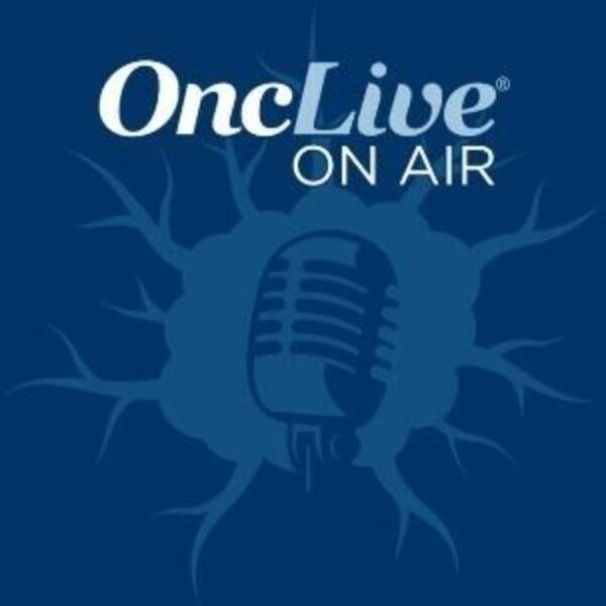Video
Tisagenlecleucel for Pediatric and Young Adult ALL
Transcript:
David Maloney, MD, PhD: So one of the approvals has been tisagenlecleucel, which was actually approved for pediatric/young adult ALL [acute lymphoblastic leukemia]. What do we know about those data?
Michael Pulsipher, MD: These data have really been impressive and transformative. In these data, of patients who either relapsed after transplant or had multiple relapses or were primary refractory, 82% of them went into MRD [minimal residual disease]-negative remissions, which is incredibly impressive and led to the approval. But the even more impressive data were those at ASH [the American Society of Hematology meeting] this year. We have seen a follow-up abstract that has shown durability of response at 18 months with 67% of patients who achieved that remission. So this has really transformed the pediatric/young adult ALL field where CAR [chimeric antigen receptor] T cells are very good at taking highly refractory patients and putting them into deep remissions, and some of them appear to have long-term remission and potentially cure from the CAR T-cell product by itself.
David Maloney, MD, PhD: We have other options for pediatric/young adult ALL. Is this really an advance?
Michael Pulsipher, MD: It’s an advance because these particular patients, the patients again who qualified for this trial, had to be multiply relapsed or refractory. And transplantation for a patient who has refractory ALL just simply doesn’t work. The survival is well less than 10%. Even minimal residual disease prior to transplant means very poor outcome in a patient with B-cell ALL. So this has really truly transformed the field, taking patients who we used to send to hospice and giving them a viable opportunity for cure.
David Maloney, MD, PhD: If I remember right, that approval goes up to young adults through the age of 25.
Michael Pulsipher, MD: Correct.
David Maloney, MD, PhD: If you’re an adult, then?
Michael Pulsipher, MD: If you’re an adult, what do you do? This is very important. There are a lot of data now, data that were presented last year at ASH and this year at ASH in the adult population. And there are now a couple of significant papers in the adult population showing that with both CD28-based CARs and 4-1BB-based CARs, patients can achieve similar rates of remission. But the big caveat is that toxicity has been noted at what appears to be higher rates in the early phase trial. Some of the trials have had to have adjustments made. One trial split doses and found a better toxicity profile. Other trials have had to cap doses at certain amounts to get better toxicity profiles. So clearly, the efficacy, when the doses are correct, has been good. It’s been 80% to 90% remission rates. The big challenge though that we have in the adult population is toxicity. And, as that is solved, I think that this should be able to be moved more into the adult population.
Leo I. Gordon, MD, FACP: I’ve been impressed with some of the early studies in neurologic toxicity in the ALL trials, at least some of the JCAR studies, JCAR015, I think. Can you talk a little bit about that?
Michael Pulsipher, MD: The big problem, of course, early on, was the fatal neurologic toxicity that occurred in a small number of patients. And this has been seen across a number of different trials, diffuse cerebral edema occurring, and it’s just catastrophic.
Leo I. Gordon, MD, FACP: Do you know the mechanism?
Michael Pulsipher, MD: The mechanism is unsure, but it’s probably similar to the mechanism of other neurotoxicities, but likely a very severe degree of that particular toxicity. There have been some nice studies that have shown that CAR T cells lead to a significant permeability in the CNS [central nervous system] and very beautiful studies out of Seattle Children’s Hospital that have shown that this permeability leads to a marked increased in a wide variety of cytokines and in cells getting into the CNS. And that’s likely what causes neurologic toxicity of all different types. But it’s also a benefit because you want those cells in there because they’re very good at treating CNS leukemia. So we need to find a good balance with that.
Transcript Edited for Clarity








